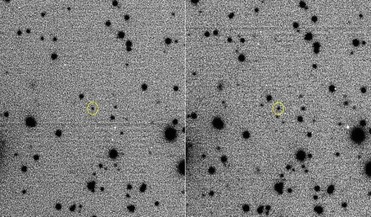 23 May 2018
First permanent extrasolar asteroid found near Jupiter
23 May 2018
First permanent extrasolar asteroid found near Jupiter
... same plane and in the same direction as the Sun’s rotation. However, it turns out that asteroids in polar orbits do exist today out beyond Neptune, our most distant planet. While there are only around ten of ...
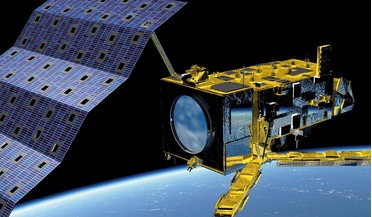 February 2019
European system for global weather forecasting and climate change detection
February 2019
European system for global weather forecasting and climate change detection
... in the 2021–2040 timeframe EUMETSAT and NOAA signed an agreement in 1998 to collaborate on the IJPS, comprising two polar-orbiting satellite systems and their respective ground segments, and forming one key component of the global observing...
 June 2022
In-orbit servicing and the future of the space industry
June 2022
In-orbit servicing and the future of the space industry
... out within a few minutes. This doomsday scenario, transferred to polar orbit, could mean the end of human access to space. Many ...of hundreds or thousands of smaller satellites in polar orbit, offer multiple advantages when providing global services,...
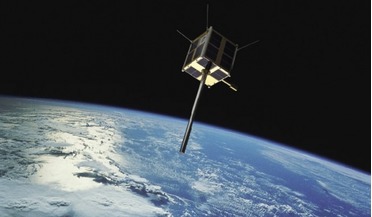 April 2021
Norway’s pioneering use of microsatellites
April 2021
Norway’s pioneering use of microsatellites
... that could thus be positioned, identified and tracked, as a tool for improving maritime surveillance in open waters. A polar orbit would ensure frequent (every 90 min) coverage of the northernmost areas. AISSat-1 signals captured over a 1,250 day...
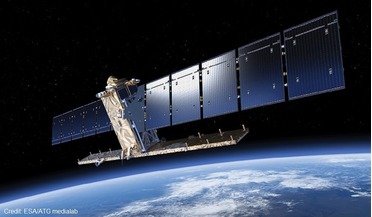 October 2015
Copernicus, ESA’s most ambitious Earth Observation programme
October 2015
Copernicus, ESA’s most ambitious Earth Observation programme
...The ESA-EUMETSAT partnership was established in 1986 and was implemented with a series of geostationary (Meteosat) and polar orbiting (Metop) satellites, where ESA builds the satellites that are then operated by EUMETSAT. Collaborating with worldwide...
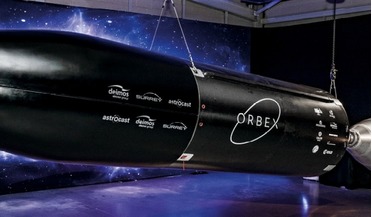 April 2019
Building the UK’s first spaceport
April 2019
Building the UK’s first spaceport
...to its neighbours precludes a launch to the East, so a UK spaceport could not access equatorial orbits. Launches to polar or near polar orbits require a trajectory towards the polar regions, and the Earth’s rotation has much less effect. The location...